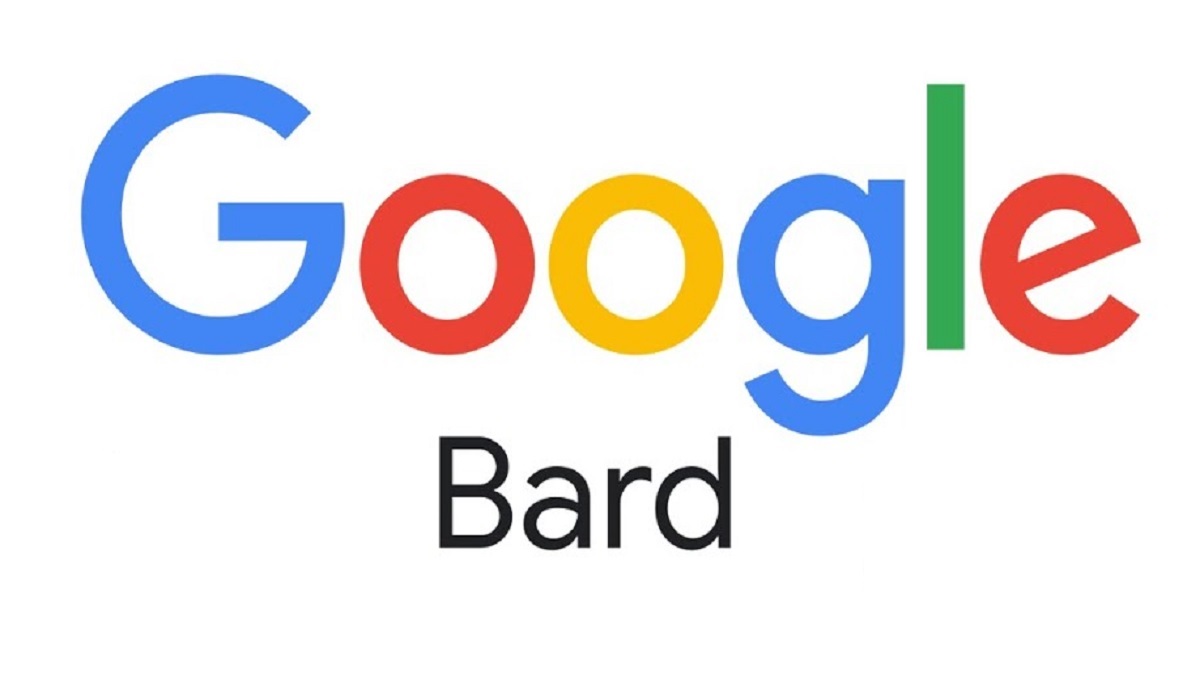
In a digital era marked by revolutionary strides in artificial intelligence, Google’s most recent addition to the field, Google Bard, stands as a noteworthy development. An AI language model of unprecedented scale and capabilities, Google Bard is poised to transform how we interact with machines, utilize text-based data, and understand the potentials of AI in our everyday lives. This comprehensive article will walk you through every critical aspect of Google Bard, providing all the necessary information to help you understand and engage with this ground-breaking AI development.
What is Google Bard?
Google Bard is an AI language model developed by Google’s world-class research team. Building upon the foundations laid by preceding language models like OpenAI’s GPT-3, Google Bard pushes the envelope in terms of scale, comprehension, and fluency. Google Bard can generate human-like text, understand context, answer queries, translate languages, and even write poetry, all with remarkable sophistication and nuance.
The Science Behind Google Bard
Google Bard, much like its predecessors, operates on a transformer architecture, a type of neural network model known for its impressive natural language processing abilities. It uses deep learning techniques to understand and generate human-like text. Its mechanism involves the analysis of the context of the input (words or sentences), and then predicting and generating appropriate responses.
The vastness of the training data set, combined with Google’s state-of-the-art machine learning infrastructure, enables Google Bard to handle complex conversational contexts, maintain long-term thematic consistency, and offer creative suggestions or solutions, setting new standards in the AI language model domain.
Key Features of Google Bard
1. Incredible Comprehension: Google Bard’s ability to comprehend complex textual inputs is unparalleled. It can grasp the intricacies of human language, including humor, sarcasm, and cultural references, allowing it to engage in highly sophisticated and nuanced conversations.
2. Dynamic Text Generation: Bard’s capability extends beyond simple comprehension. It can also generate remarkably human-like and contextually appropriate text, making it a powerful tool for content generation across various formats.
3. Multilingual Capability: Bard supports a multitude of languages, making it an effective tool for real-time translation and multilingual communication.
4. Versatility: Google Bard is not limited to any particular domain. It can be employed in a wide range of applications, including but not limited to customer service, content creation, education, and research.
How to Use Google Bard
While the specific user interface will vary based on the particular application, the underlying principle of interacting with Google Bard is relatively straightforward. Users provide text inputs (questions, prompts, or tasks), and Google Bard generates a suitable textual response. This can be a direct answer to a question, a continuation of a given text, or a creative interpretation of a vague prompt.
In certain settings, users might have the opportunity to customize their interaction with Google Bard by tweaking certain parameters, such as the model’s verbosity, creativity, or formality. This allows users to tailor the model’s outputs to their specific needs and preferences.
The Future of Google Bard
As a state-of-the-art AI language model, Google Bard holds immense potential for the future. It stands to revolutionize fields ranging from customer service (by powering sophisticated chatbots) to education (by providing personalized tutoring), content creation, and beyond. Furthermore, ongoing research and development promise to enhance its capabilities even further.
One exciting prospect is the integration of Google Bard with other AI technologies to create even more powerful and versatile tools. For example, combining Bard’s language understanding capabilities with AI-driven data analysis tools could enable unprecedented levels of insight and efficiency in fields like market research or social media management.
Conclusion
With the advent of Google Bard, the bar for AI language models has been raised significantly. By providing an AI that can understand and generate human-like text with unparalleled proficiency, Google has unlocked a myriad of possibilities across numerous sectors. However, it’s crucial to remember that, despite its impressive capabilities, Google Bard is still a tool and requires responsible use and management. As we continue to explore its potential, we must strive to ensure that it’s employed in a way that is ethical, equitable, and beneficial to all. Google Bard is a testament to the progress we’ve made in AI development and a tantalizing glimpse into what the future might hold. As Google continues to refine and expand upon this remarkable technology, it’s safe to say that the story of Google Bard is just beginning.
Find more … …
Cookbook – VisualBasic.NET for Beginners – Chapter 39 : Google Maps in a Windows Form
Boosting Productivity through Generative AI: An In-depth Look at Google Workspace